Grave robbers looted lavish 1,800-year-old tombs in China — but missed this one
Archaeologists think the people in the tombs, dated to the Han dynasty, were all from the same wealthy family.
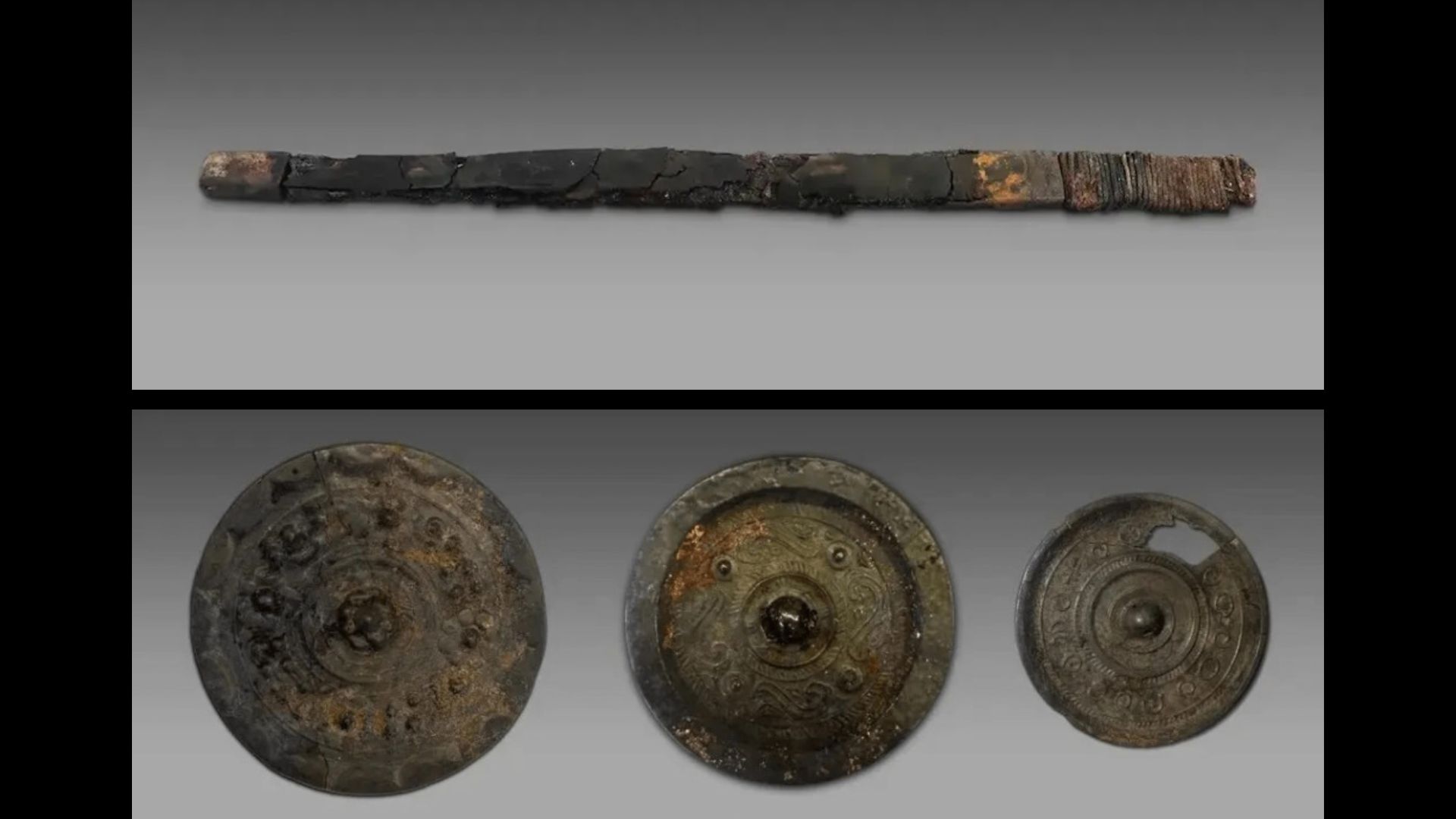
Archaeologists in China have discovered the 1,800-year-old tombs of a wealthy family, but soon realized that of the three lavish burials, only one had escaped the attention of grave robbers.
Although the two looted tombs are now in poor condition, the other tomb is untouched and contains more than 70 artifacts, including an iron sword and a bronze mirror, placed there as grave offerings.
The burials, which date to the Han Dynasty (206 B.C. to A.D. 220) were found during excavation at Dazhuangzi Village in the southern part of Rizhao, a coastal city in Shandong province about 360 miles (580 kilometers) southeast of Beijing.
According to a translated statement from China's Institute of Archaeology, the tombs were under a burial mound at a local park that had been badly damaged by farming in the past, and the excavations there were carried out before the park was expanded.
Two people had been buried in each of the three tombs, in coffins made of wood; and all three had sloping, paved "tomb roads" leading down to them. One of the looted tombs and the unlooted tomb contain inscriptions with the surname "Huan," which implies the tomb complex belonged to the same wealthy family, the statement noted.
Related: Ancient Chinese burials with swords and chariot cast light on violent 'Warring States' period
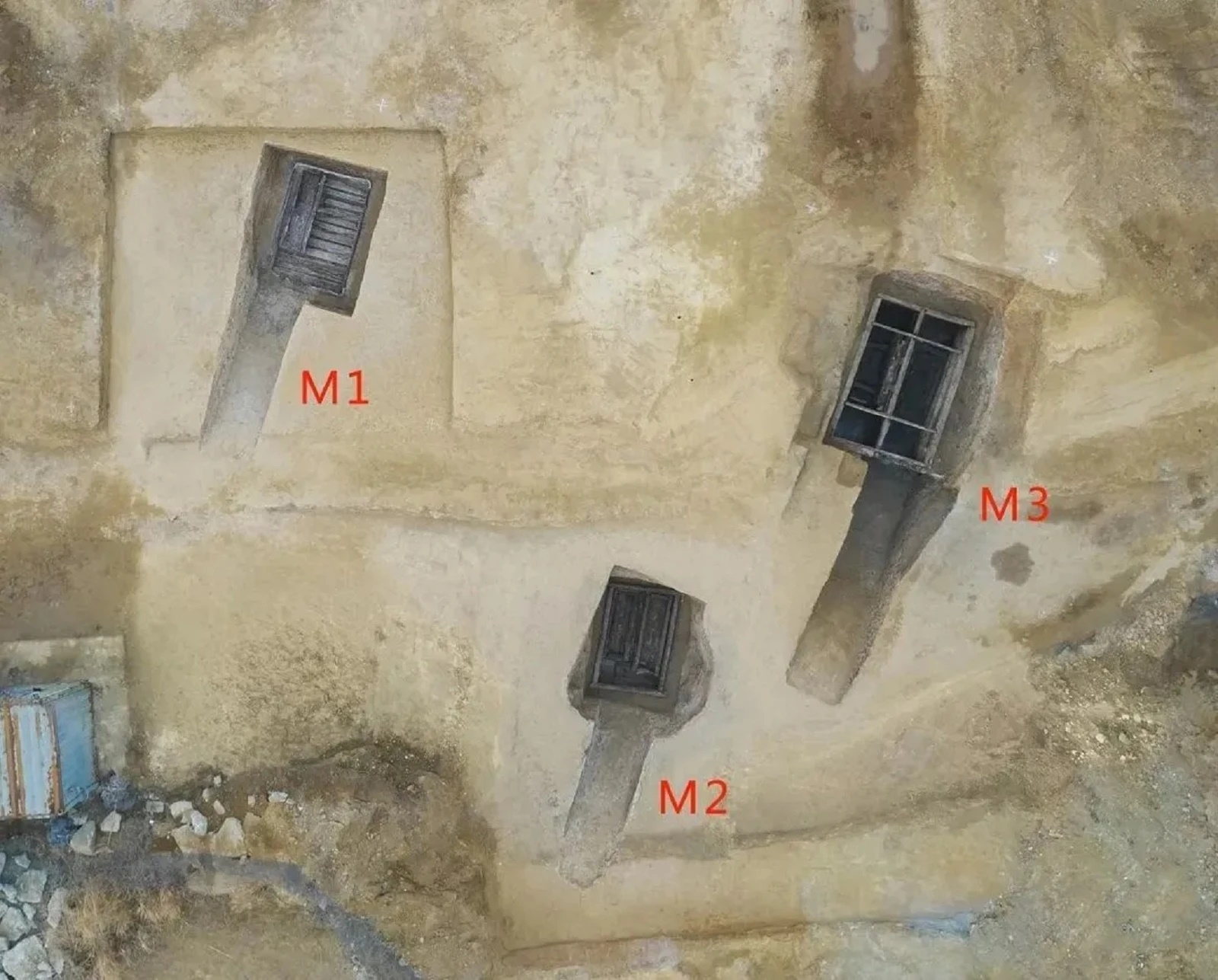
Ancient tombs
The untouched tomb is in the shape of a "knife handle" about 22 feet (6.7 meters) long; and its central chamber was filled with green clay sometime after the two coffins and grave goods were placed there.
Sign up for the Live Science daily newsletter now
Get the world’s most fascinating discoveries delivered straight to your inbox.
The coffins could supposedly "communicate" through ornamental windows and doors in a wooden partition between them; and archaeologists think this "residential" style implies that the people buried there were a husband and wife, but probably buried at different times.
Both sets of human bones inside the coffins have decayed, but the grave goods include a bronze mirror; an iron sword; glazed pottery vessels, some with wooden lids; stacks of lacquerware cups; and a copper seal for documents in the shape of a turtle.
The archaeologist said one of the coffins was exquisitely crafted, and that a trolley or carriage for moving it on two wooden rollers was beneath it — an uncommon find.
All three tombs at Rizhao were important discoveries, the statement said; but the untouched tomb, in particular, will help reveal more about burial practices in Shandong during the Han dynasty.
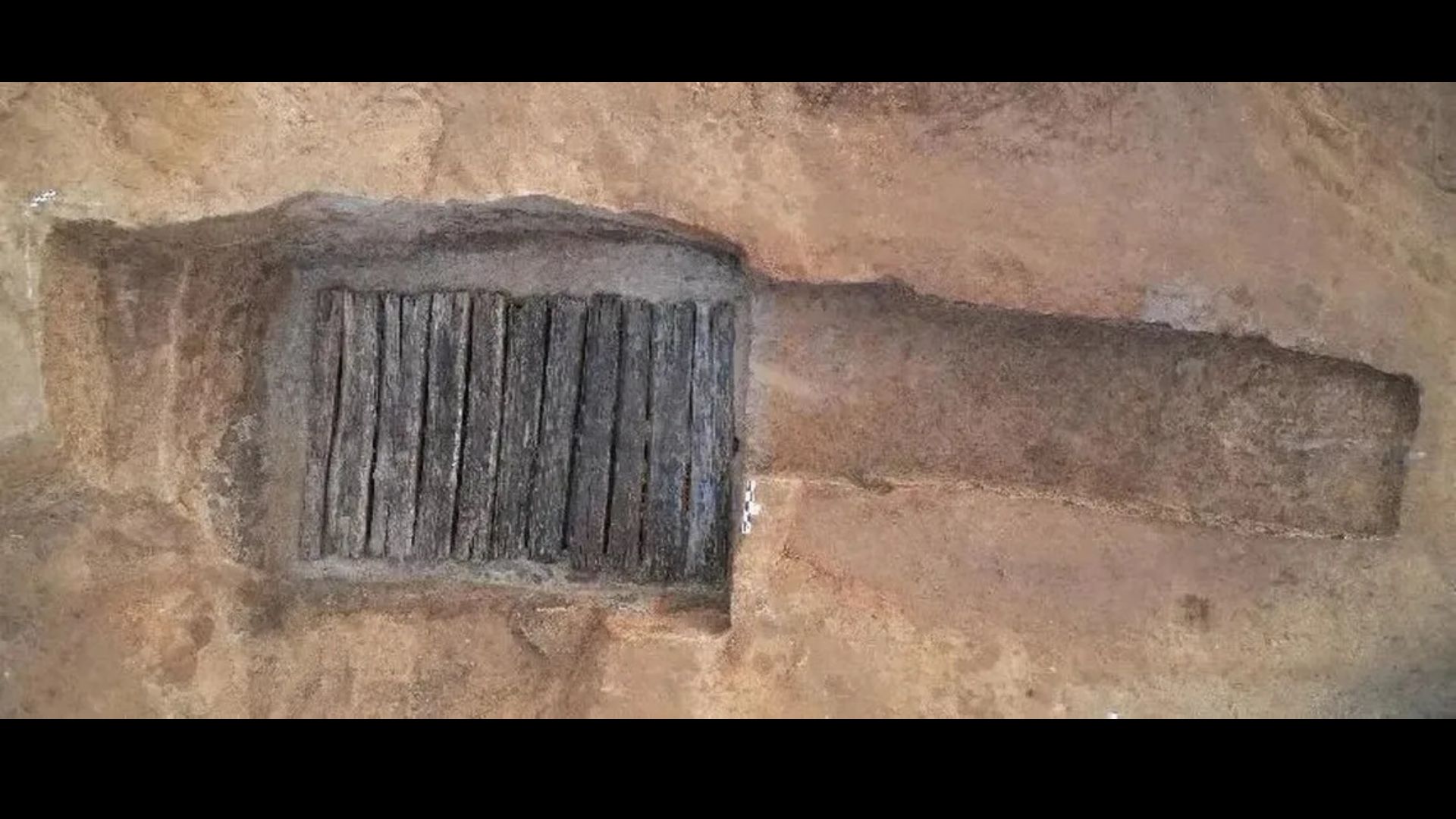
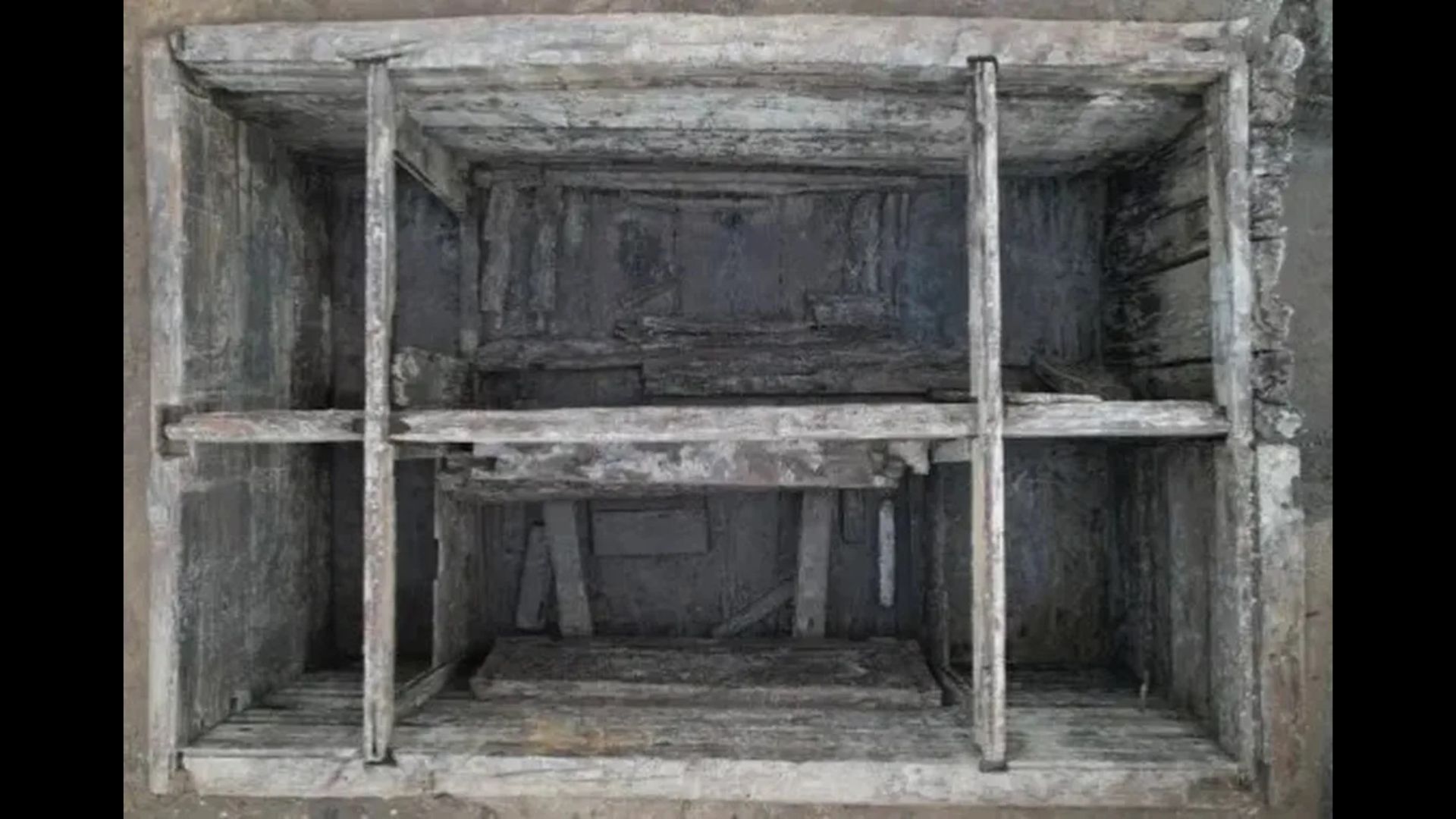
Han dynasty
Yanlong Guo, an art historian at Smith College in Massachusetts who wasn't involved in the discoveries, told Live Science that one of the coffins at Dazhuangzi had been made from the trunk of a single tree.
It is rare for this type of coffin to have survived from the Han dynasty, he said in an email.
"Han tree-trunk coffins have only occasionally been found in southern China," he said. But "this type of coffin may have originated from the tradition of the Yue people active in the lower Yangzi River Valley."
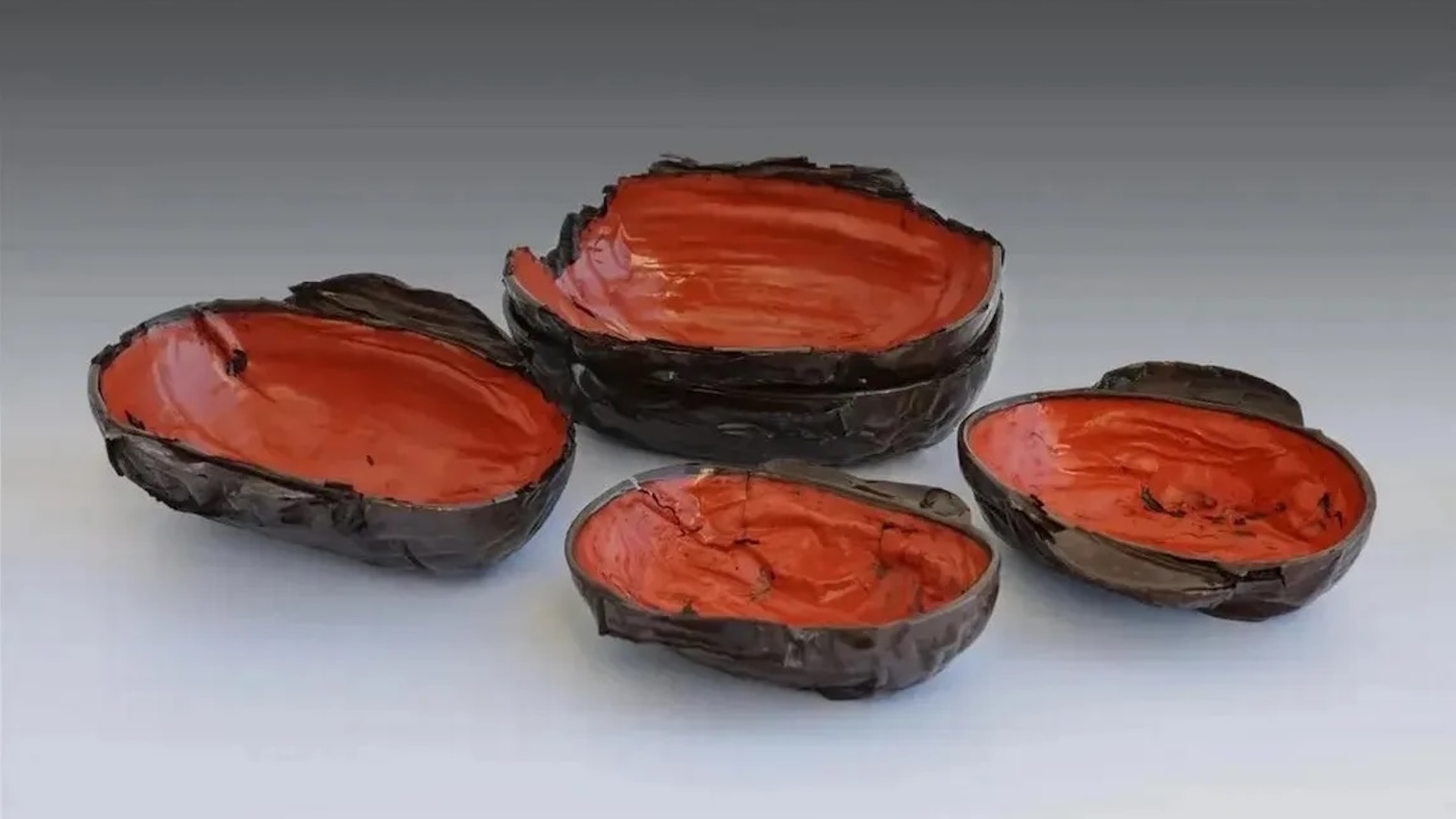
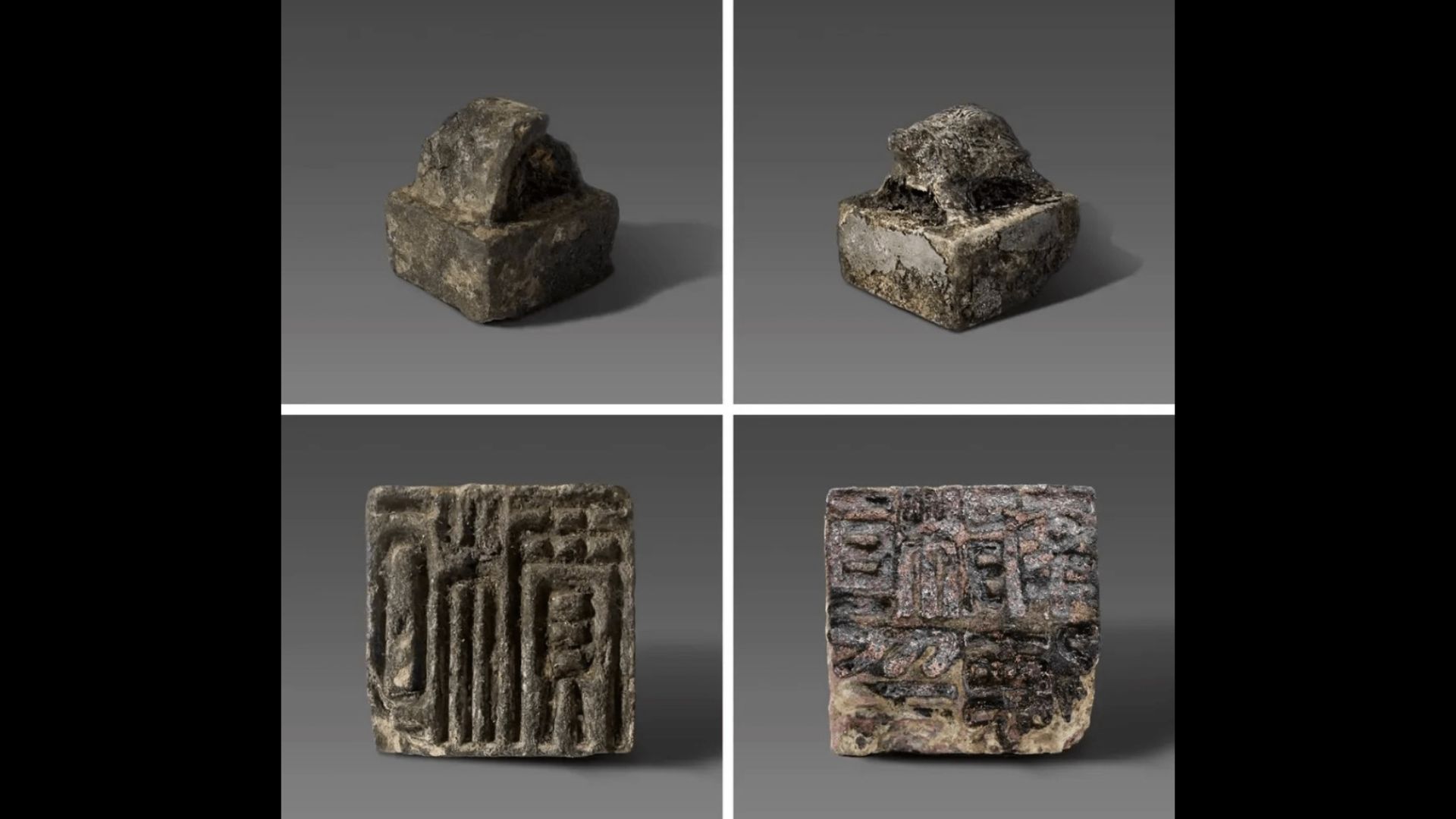
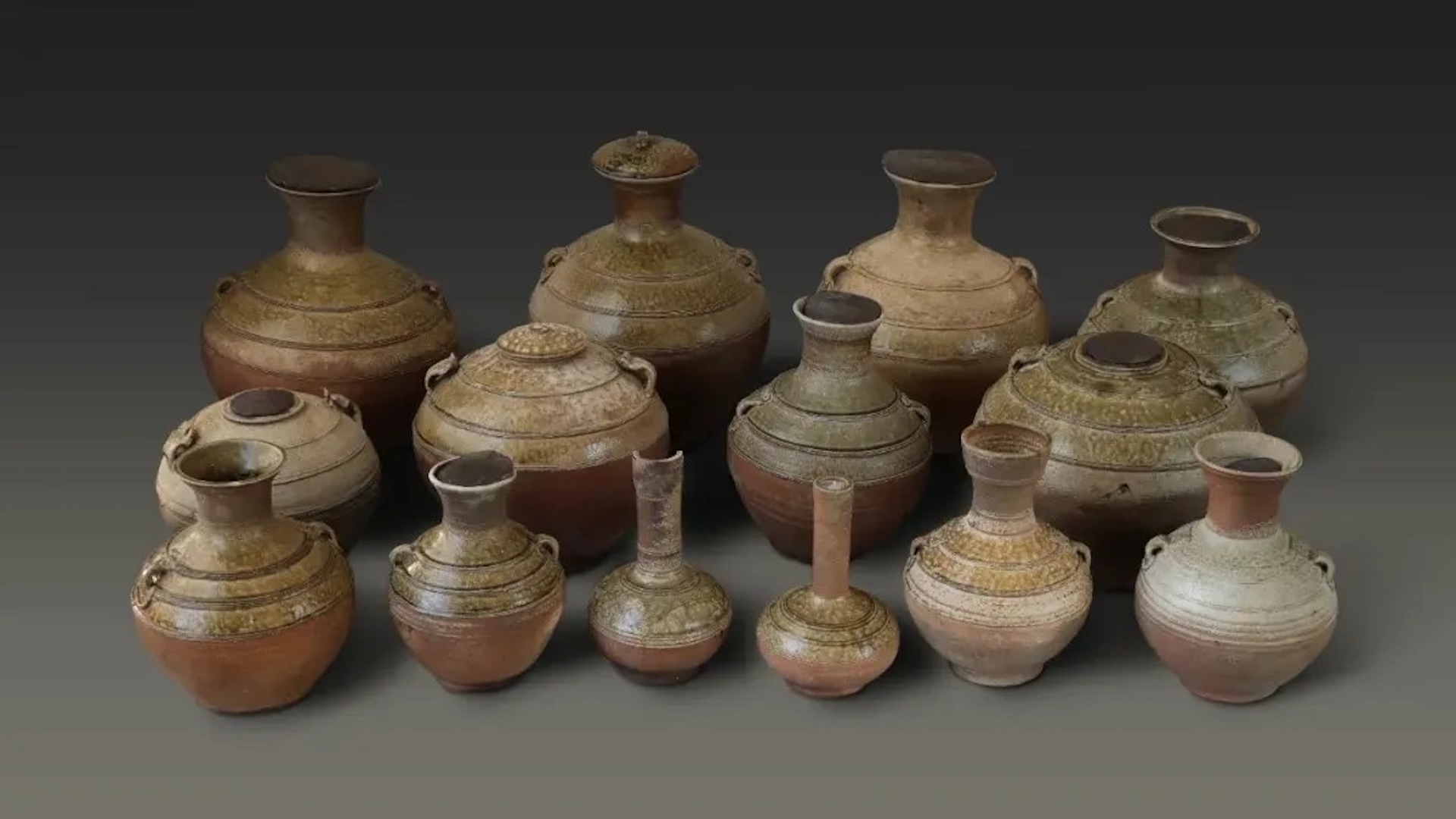
Some of the material remains, including the green clay, lacquerware and glazed pottery, indicated a stronger connection with the southern Chu culture than with the central Han regions to the west of present-day Shandong, he said.
Hundreds of Han tombs had recently been discovered in the coastal region of China's Shandong Peninsula, but few archaeological reports of them had been published, he said.
"As more information becomes available and studied, I believe scholars will gain a deeper understanding of the regional culture of the coastal periphery of the Han Empire," Guo said.
Tom Metcalfe is a freelance journalist and regular Live Science contributor who is based in London in the United Kingdom. Tom writes mainly about science, space, archaeology, the Earth and the oceans. He has also written for the BBC, NBC News, National Geographic, Scientific American, Air & Space, and many others.









